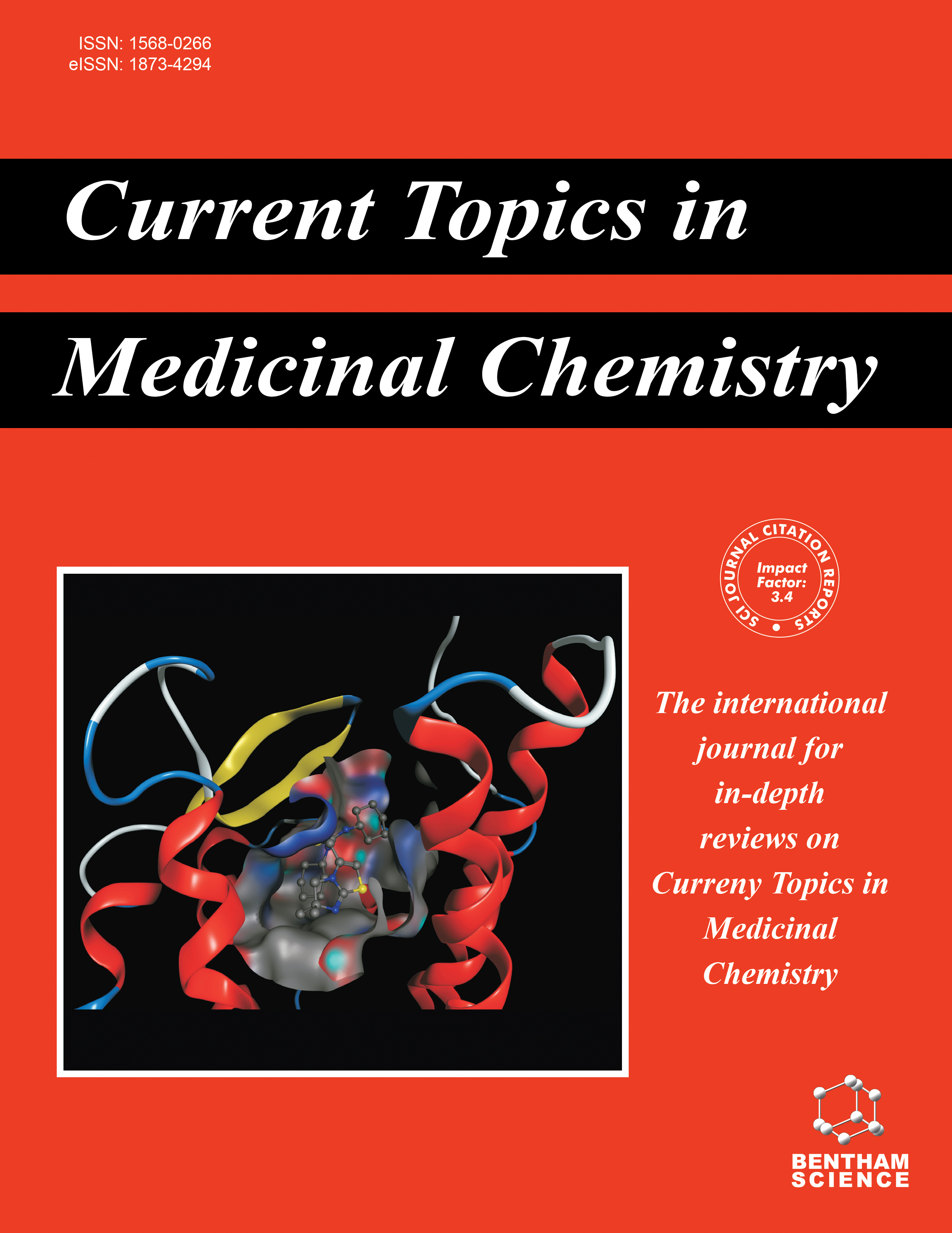
Full text loading...
We use cookies to track usage and preferences.I Understand

Statins are a class of hypolipidemic agents that have been shown to promote osteogenic differentiation through enhanced alveolar bone recovery, inserted osseointegration, and cartilage regeneration. This review uses Molecular Docking (MD) simulations and additional Computer-Aided Drug Design (CADD) methods to present the state of the art in statin therapy. Furthermore, several studies have shown that factors such as limited overall absorption, metabolism in the first pass, and systemic side effects are among those that affect the oral administration of statins. In addition, these variables include susceptibility to efflux mechanisms, drug permeability, dissolution percentage, aqueous solubility, initial metabolism, and pre-systemic metabolism. Additionally examined are the pharmacokinetics of the statin and in vivo mechanisms of action. As a result of the numerous problems associated with the consumption of statins, including their low total bioavailability, first-pass metabolism, low aqueous solubility, and systemic adverse reactions, a non-oral mode of administration was looked into for this crucial and primary class of pharmacokinetic agents. However, to optimize bioavailability and minimize side effects, more research is required.

Article metrics loading...

Full text loading...
References


Data & Media loading...